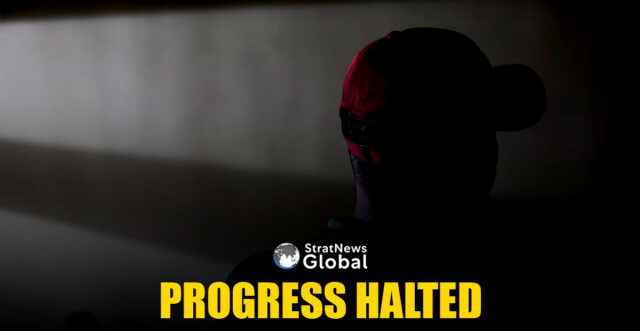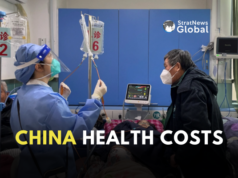A 25-year-old Nigerian man, Emmanuel Cherem, recently tested positive for HIV, just months after the United States under President Donald Trump suspended key aid for HIV prevention among vulnerable groups.
The medication he had relied on, known as Pre-Exposure Prophylaxis or PrEP, was no longer accessible following the US government’s decision to halt certain foreign aid programmes.
Loss Of Access To Lifesaving Medication
Cherem, who is gay, had been taking PrEP regularly to protect himself. The drug, when taken daily, is known to reduce the risk of contracting HIV through sexual activity by as much as 99%.
However, after the Trump administration placed a 90-day freeze on foreign aid and paused grants managed by the US Agency for International Development (USAID), thousands of people like Cherem were left without access to this essential medication.
Across Nigeria and other countries in sub-Saharan Africa, users of PrEP have reported being turned away from clinics that once supplied the medicine free of cost.
Rise In New Infections
Since the suspension of PEPFAR-funded prevention programmes, several at-risk individuals have tested positive for HIV, according to health workers and community organisations.
In Nigeria alone, where the adult HIV prevalence rate stands at 1.3%, the situation is more serious for specific groups. Among men who have sex with men, the rate is as high as 25%.
The number of new HIV cases globally, previously on a decline, is now showing signs of rising again, especially in communities that were heavily dependent on US-funded prevention tools such as PrEP, condoms and lubricants.
Strain On Public Health Systems
Several African countries had relied almost entirely on American aid to fund HIV prevention efforts. Nations like Malawi, Zimbabwe and Mozambique are facing increasing pressure on their public health systems as they attempt to fill the gap left by PEPFAR’s suspension.
In South Africa, which has the world’s highest number of people living with HIV, many clinics that served key populations have shut down in recent months due to the funding crunch.
Though PrEP is still available at some government hospitals, activists report that stigma and fear of discrimination prevent many from seeking services there.
Future Of AIDS Control In Question
While the US State Department has issued limited waivers to allow some services to continue — primarily those preventing mother-to-child transmission — many other programmes remain suspended.
Advocates and experts warn that unless comprehensive support is restored, the continent could see a reversal in progress made over the last two decades. With rising infections and reduced access to treatment and preventive care, the fight against HIV/AIDS in Africa faces an uncertain and challenging road ahead.
(With inputs from Reuters)





